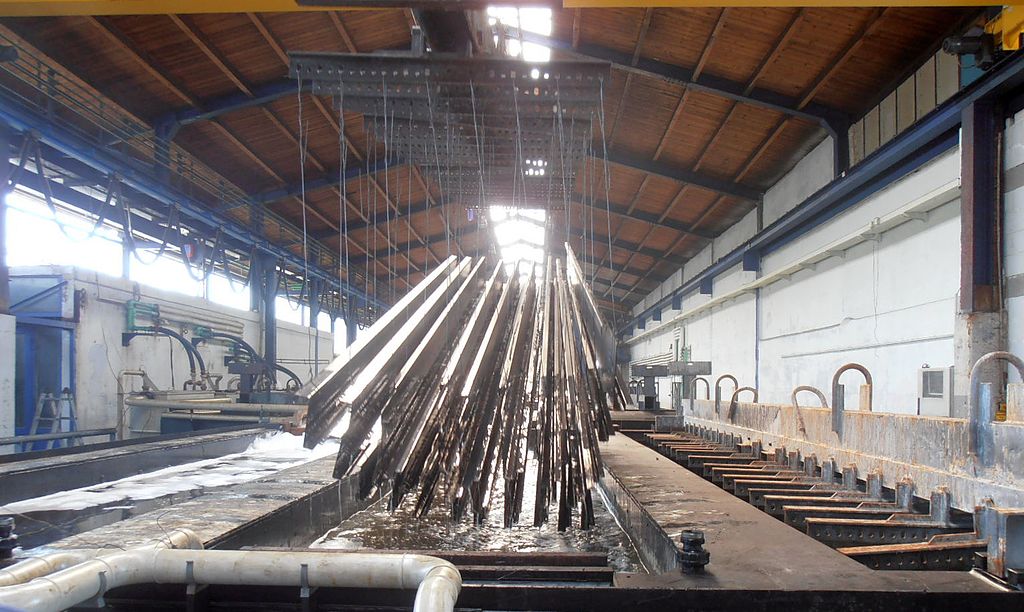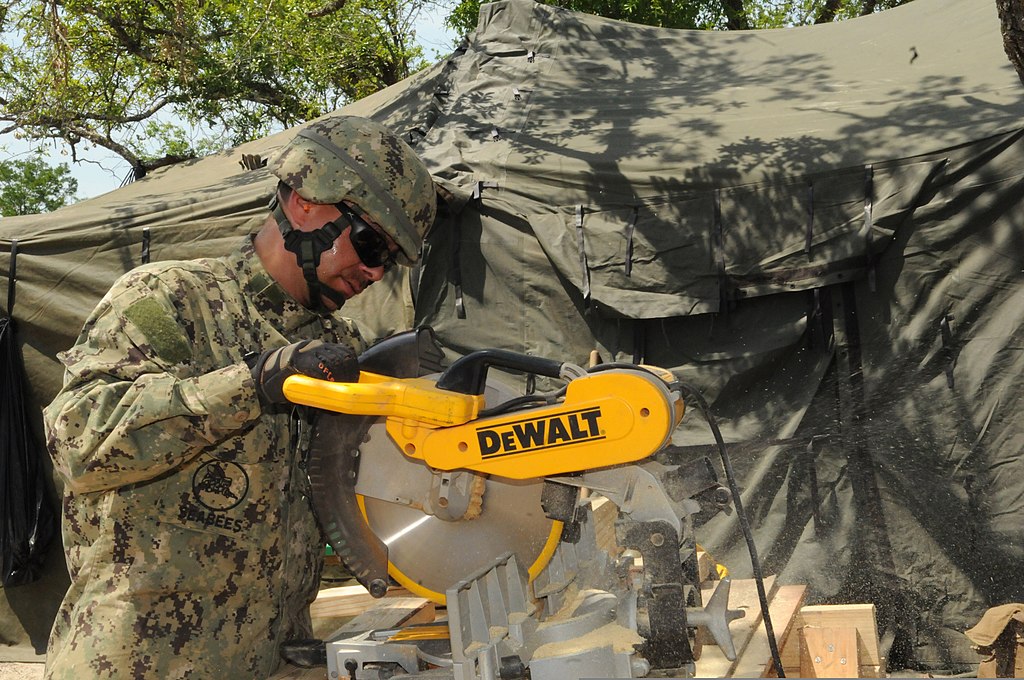Corrosion is a problem that affects many types of materials, but metal alloys are most at risk. When metal corrodes, the chemical makeup of the alloy deteriorates as oxidation takes place. This can weaken certain metals and be unsightly.
Certain types of corrosive reactions can also lead to fusion between metal parts. Manufacturers need to take corrosion into account when designing machines that utilize steel components or other types of metal components to ensure that machines do not experience malfunctions over time or with exposure to certain chemicals and solvents.
If you’re working with metal in an environment where corrosion is a concern, below are a few types of metals that are largely corrosion-resistant. Please note that these metals are not immune to corrosion, but they contain properties that resist the development of corrosion when cared for properly.
Stainless Steel
Stainless steel is used for all kinds of things. This metal resists corrosion largely due to a coating of chromium oxide that provides stainless steel with its signature shine. The development of chromium oxide occurs when oxygen exposure affects the chromium content within stainless steel.
Most stainless steel contains about 18% chromium, and when chromium meets oxygen, it creates a thin coating of chromium oxide that protects stainless steel from corrosion.
As mentioned above, stainless steel is not immune from corrosion. It can rust when exposed to moisture, and allowing rust to build up on stainless steel can lead to pitting and a weaker overall alloy structure.
Galvanized Steel
Galvanized steel is another type of alloy that is corrosion-resistant. The process of galvanizing steel involves dipping metal in a bath of molten zinc. This produces a protective coating that is nearly impossible to corrode under normal circumstances. In order for corrosion to occur, moisture has to penetrate the zinc coating, but this is very difficult to do as water turns into zinc carbonate when exposed to zinc.
As with stainless steel, galvanized steel can develop rust, but it can take decades for this to happen. Factors that can speed up the development of rust include exposure to humid climates and air with high salt content. This means that galvanized steel is not suitable for use in marine or tropical environments.
Aluminum
Aluminum is an alloy that is used when you need a durable, pliable metal material that resists corrosion. Although aluminum does not rust, it can corrode over time when exposed to other metals. This is known as galvanic corrosion, and it happens through an electrochemical process.
Aluminum will begin to show signs of galvanic corrosion when it has been in contact with dissimilar alloys, but this can be prevented, in part, by insulating the surface of a piece of aluminum.
Additionally, you can paint aluminum to reduce the chances of galvanic corrosion. An application of chrome phosphate may also be added to a piece of aluminum to break the electrochemical process before it has a chance to cause corrosion.
Copper And Bronze
Copper and bronze are two additional types of alloys that do a good job of resisting corrosion. If you’ve ever seen a piece of copper that has begun to turn green, this may resemble corrosion; however, the green coating, also referred to as a patina, actually protects the copper underneath from corrosion.
The patina forms when the alloy is exposed to oxygen over time. This oxidation is why antique copper and bronze pieces tend to have a patina as they have had long periods exposed to oxygen.
Bronze alloys are made up of different types of metal amalgams, but all include some type of copper. This is as opposed to other metals that include zinc or nickel.
Much like pure copper, bronze alloys like tin bronze and aluminum bronze resist corrosion very well, and this metal has been used to create statues and other antiquities that have lasted for hundreds and even thousands of years.


